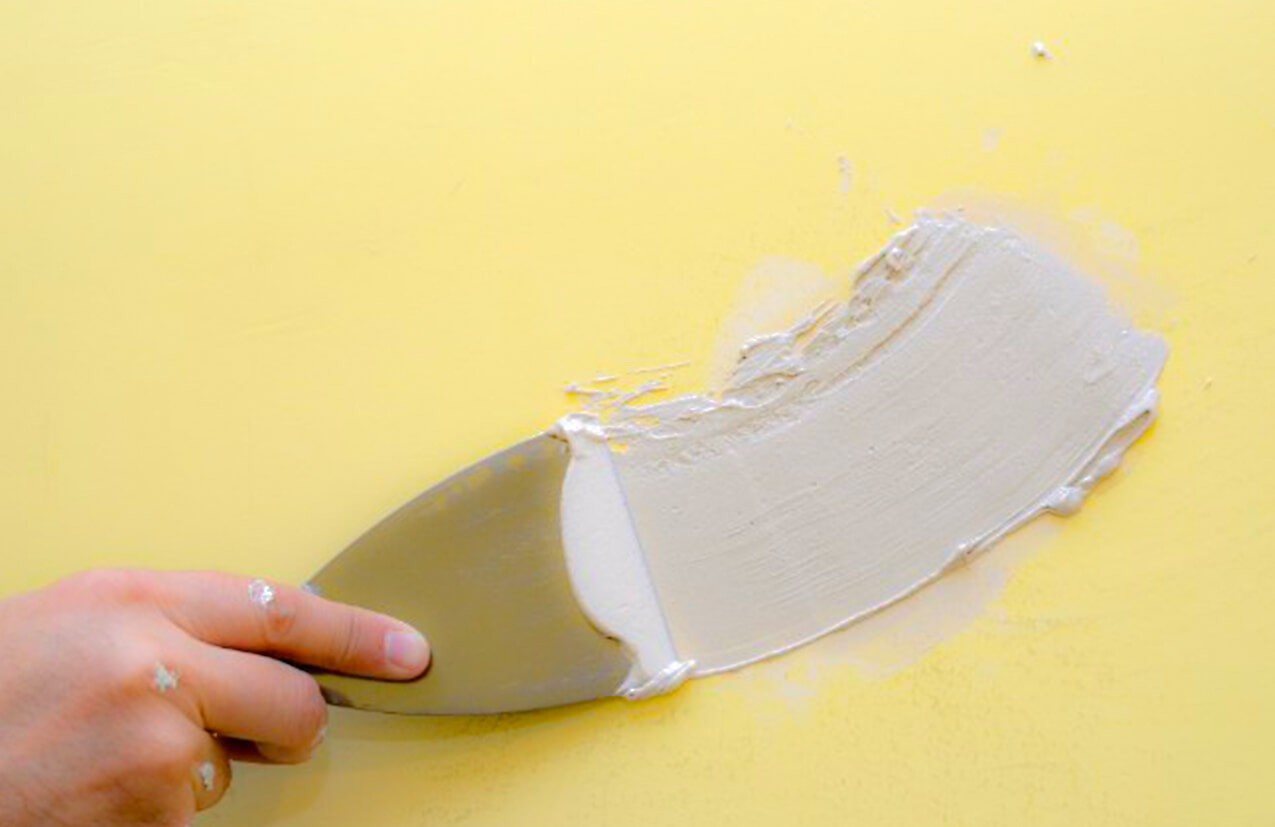How to prepare the wall surface for installing wallpaper
Check the current condition of your wall
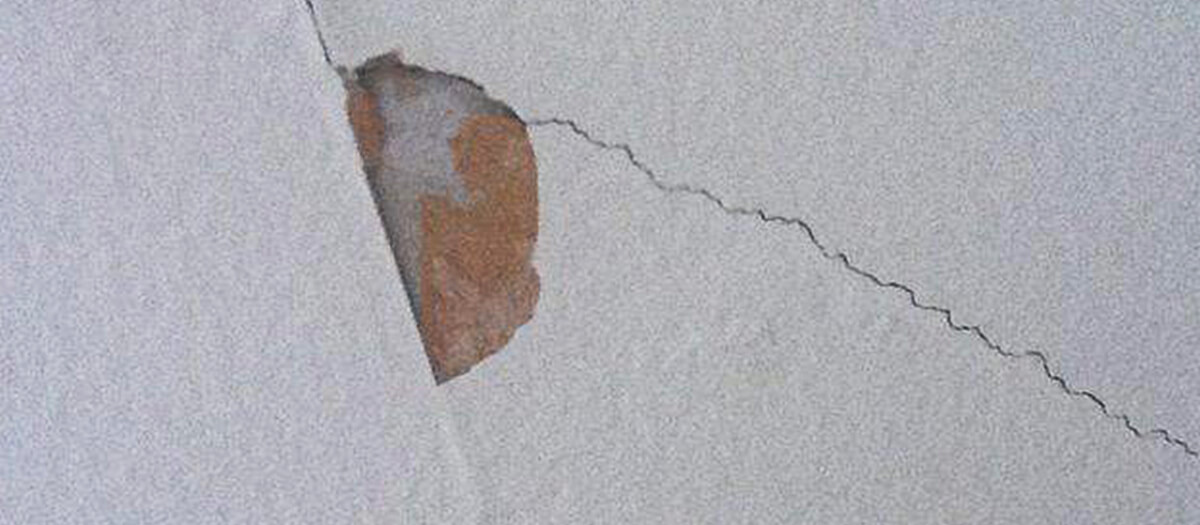
Hope you have removed the wallpaper from the wall successfully. Now you have a closer look at the wall surface. The condition of the wall must be checked correctly: the surface needs to be clean, even, firm and fully absorbent. Ultrawalls will give you some very useful tips to check on these characteristics.
Check Absorbency
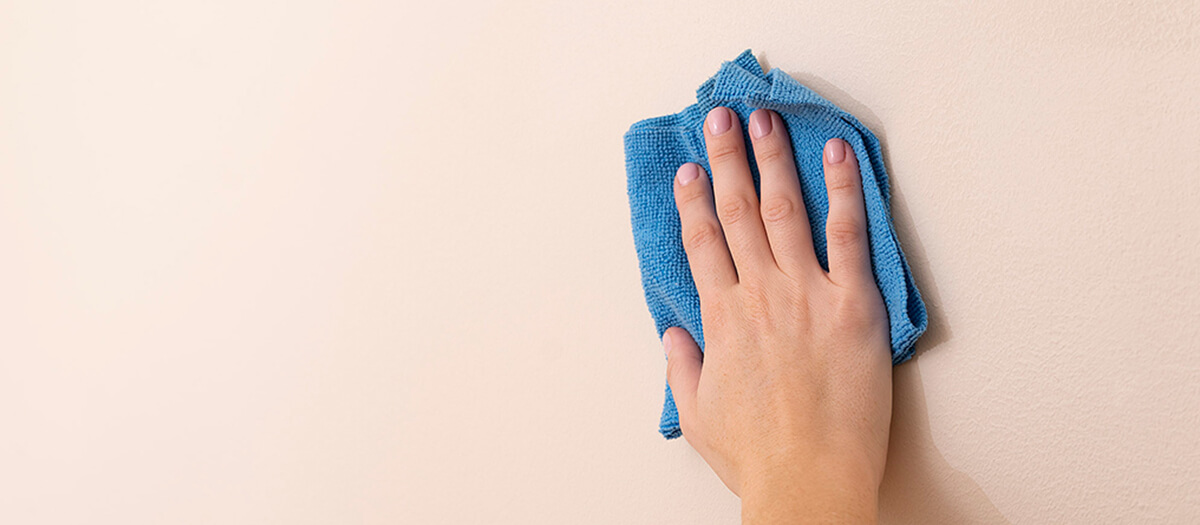
To check the whether a wall or ceiling is absorbent enough, just a simple water test will tell. Apply some water with a brush or roller on the wall or ceiling. If you see any water drops or pearls, then be assured that the surface is not absorbent sufficiently. If the water gets absorbed immediately, then the wall is good enough. Also, one thing to remember, highly absorbent surfaces often have hairline cracks.
Check Firmness
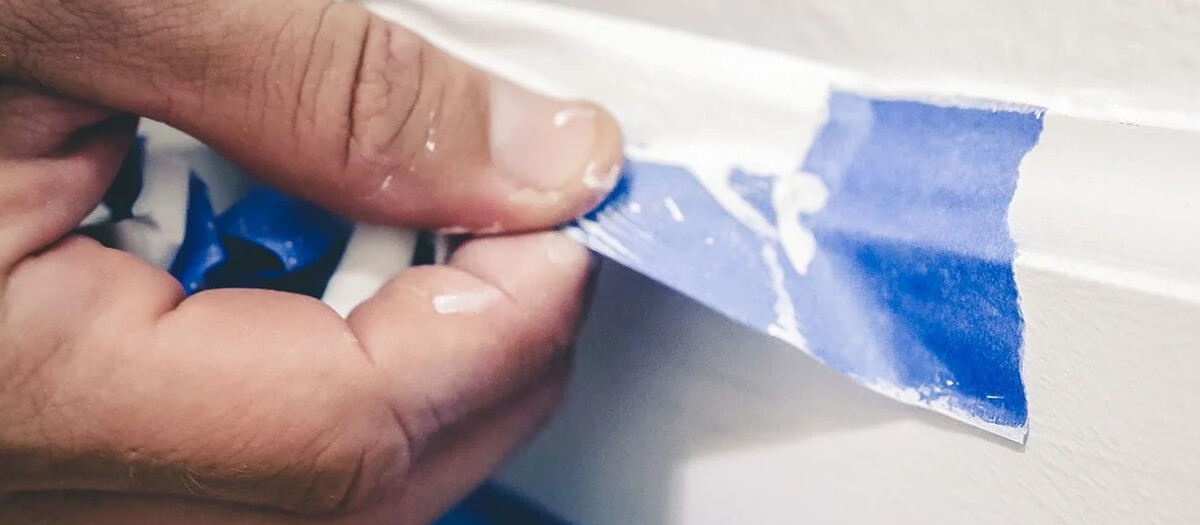
Now let’s check the firmness of the wall to the surface that you wish to install a wallpaper. Just run your palm on the surface and if it turns white, then understand that the wall is sandy and you need to act. There is another way to check firmness is, press your thumb against the wall, and if you feel some sand particles sticking on your thumb, then the wall is not firm enough for wallpaper.
Old paint residues that comes to the surface after stripping the old wallpaper needs to be checked for the firmness of the surface. To check the firmness on such surface place a sticky tape on the wall and press firmly and then strip it off, if you see any bit of paint on the tape, then the surface is not firm enough for a new wallpaper job.
Tip – Distemper paint contains water-soluble glues and they require special treatment. The simplest way to find out whether if it is distemper: Dampen the area and move your fingertips over it. If it is distemper paint, rubbing it will result in a substance similar to wallpaper paste, and the paint will stick to the fingers.
Check Cleanliness and Evenness of the surface
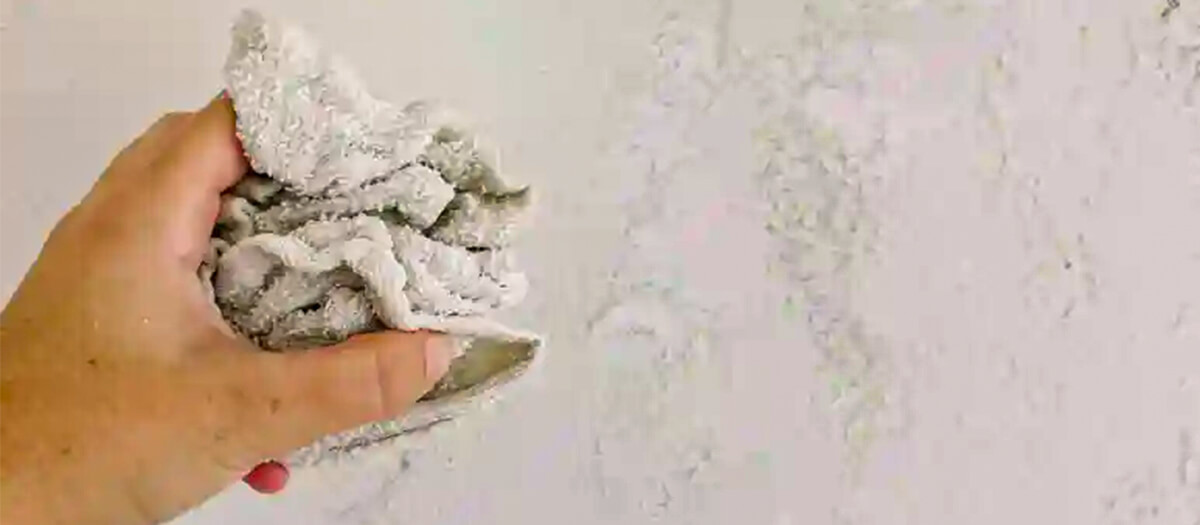
There are many stains and spots on the wall like smudges, stains from dampness, rust etc. stains from water are visible. Rust stains are reddish brown in colour and come off when in contact with water. An easy way to identify real rust stains is rubbing a damp cloth over the stain. If it comes off, it is a rust stain.
Inspect the wall thoroughly. If you see some discolouration or light/dark areas or spots? Such irregularities can be the result of multiple treatments to the wall.
Tip – If you have chosen high-quality non-woven or other types of thin wallpaper, you need to correct the colour differences as otherwise they will be visible though the paper.
Check for Dampness
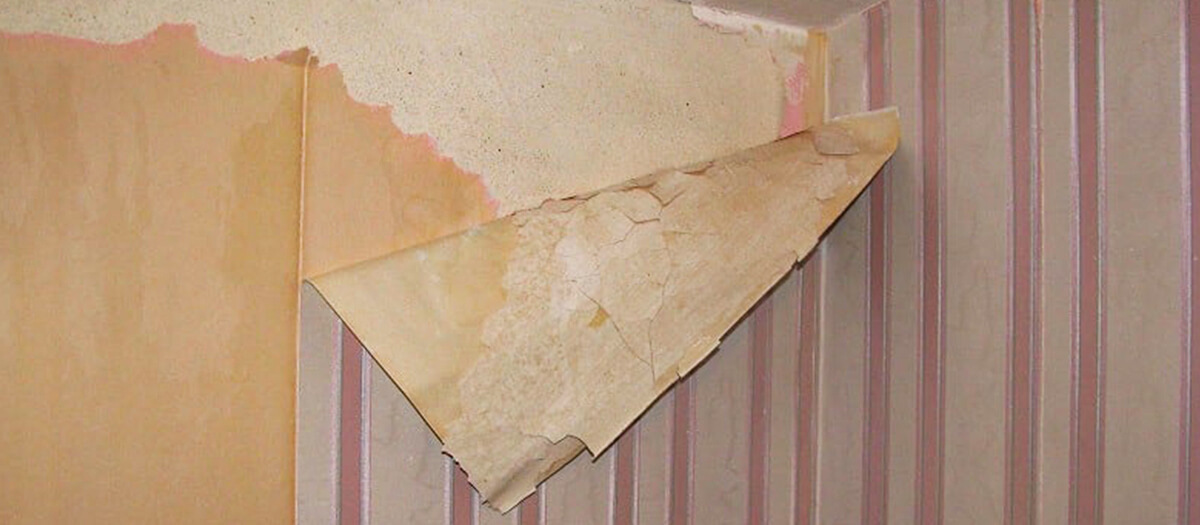
Spots like, dark patches, mildew spots or signs of mould on the wall or ceiling are signs of dampness. The best way to determine the severity, do the foil test which will make residual moisture visible. Put some foil on the damp area and leave it in place for 24 hours. If there is condensation under the foil when you take it off, the wall needs to be left to fully dry before treating it any further.
Filling small holes and cracks
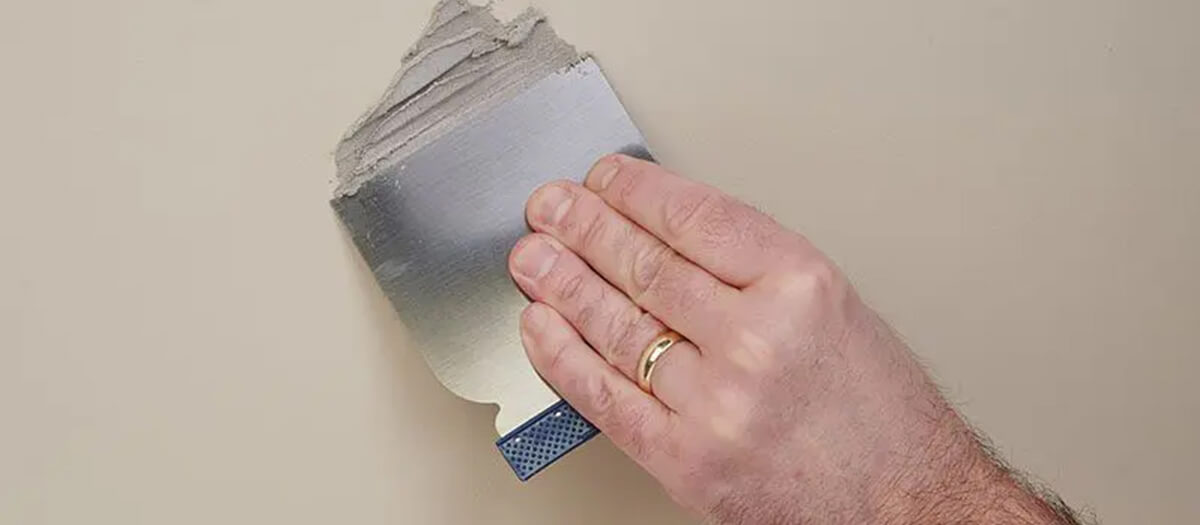
Sometimes there are some odd small blemishes due to careless spatula work, simply use filler to smooth them over. At times there are damages hidden under the old wallpaper, e.g. cracks and holes in the plaster. If existing holes are not to be re-used to hang wall paintings or shelves or any other hanging object, they need to be filled before installing a new wallpaper.
Applying deep primer or thinned wallpaper paste
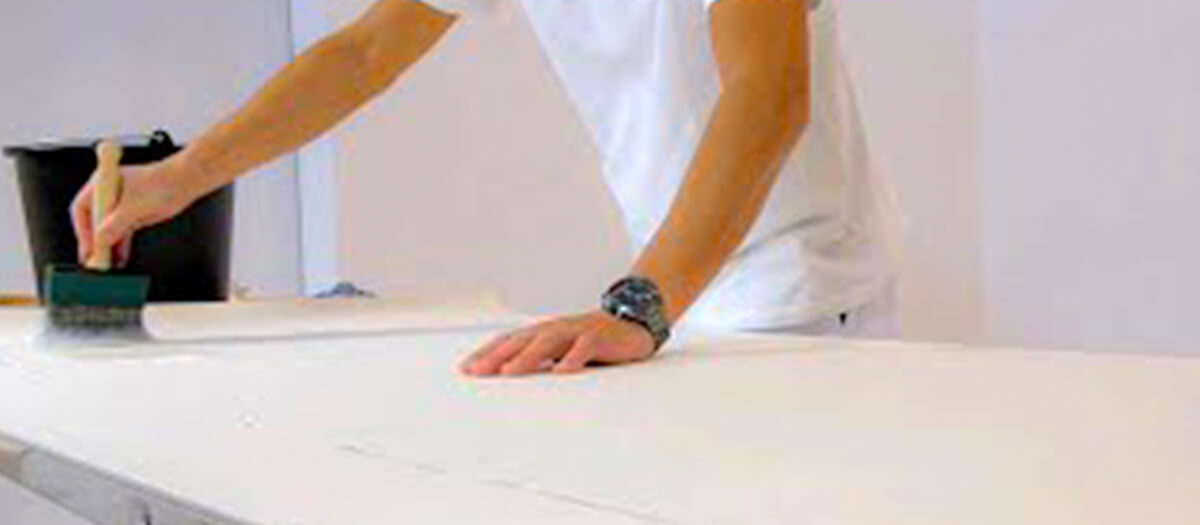
What is Deep Primer?
Deep primer is a liquid to viscous undercoating which regulates the absorbency of the surface, reinforces it, and evens out colour differences. A must have for that smooth finish and elegant installation of wallpaper.


